Velvet flowers are hairpins made from natural silk and copper wire. In the past, velvet flowers were often used in folk festivals and as ceremonial decorations and were only used by the royal family.
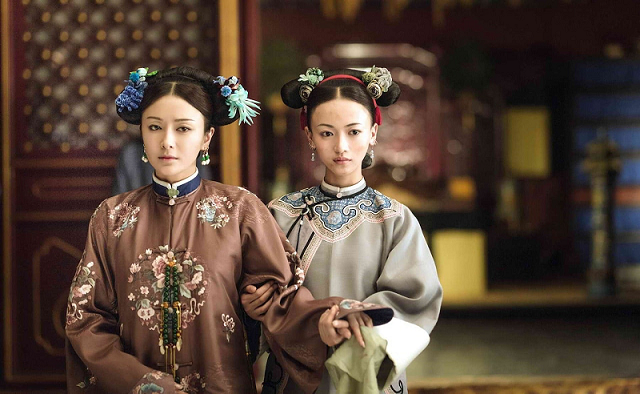 |
| Velvet flower hairpins appear frequently in the famous drama “Story of Yanxi Palace”. (Source: Hong Kong 01) |
A long and tumultuous history
There are many legends surrounding the time when velvet flowers appeared. The earliest dates back to the Qin Dynasty, when Qin Shi Huang presented his concubine “Five-color Song Ziyu” - a symbol of royal dignity and eternal love. During the Tang Dynasty, velvet flowers became more and more sophisticated and were considered tributes to the royal court, and were called “palace flowers”. During the reign of Wu Zetian, velvet flowers were listed as tributes from the royal family in Yangzhou. They became objects that only royalty and nobles could use. During the Song Dynasty, the demand for velvet flowers in society at that time was greater than any other type of handicraft. The velvet flower industry flourished during the Qing Dynasty, especially during the reigns of Kangxi and Qianlong. The Nanjing area became a bustling flower city, and velvet flowers were sold throughout the country.
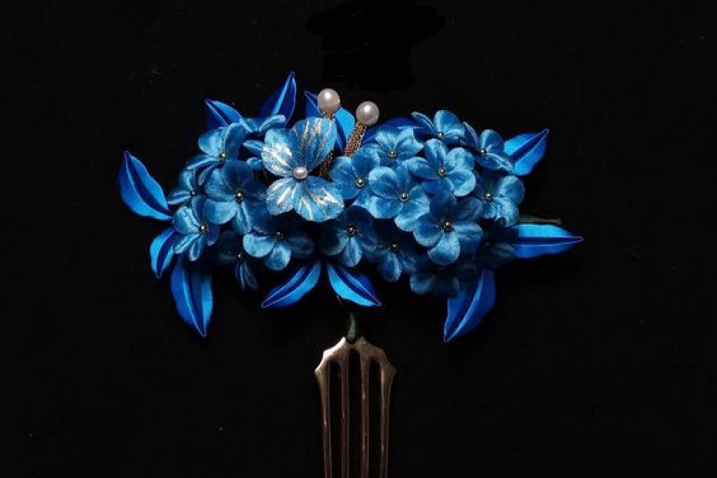 |
| Velvet flower hairpins were once considered tributes reserved only for royalty. (Source: XiaoHongShu) |
However, with the continuous development of industrial technology, due to the inability to compete with other accessories, velvet flowers gradually became less known and increasingly faded. It can be seen that in history, although there was a period of very prosperous development, velvet flowers were also forgotten. The public's interest in historical films and recent government policies have gradually revived this cultural heritage.
A symbol of Chinese culture
The shape of velvet flowers is often taken from auspicious symbols in folk life. The word velvet flower in Chinese also sounds similar to prosperity, meaning luck and goodness. The main colors are bright red and pink, in addition to green and yellow in the middle... Most of the traditional motifs of velvet flowers are phoenixes, pomegranates and flowers such as jasmine, white orchids, hibiscus... These motifs have similarities with the traditional folk art themes and typical shapes of the Chinese people. Velvet flowers cannot be compared to gold, silver, and jewels, nor do they have the natural spirituality of jade, but their beauty is extremely delicate and elegant, clearly showing the beauty of the East.
Exquisite traditional handicrafts
The technique of making velvet flowers is very special, it cannot be replaced by machines but must be done entirely by hand. Besides the main materials of silk and copper wire, to make velvet flowers, many other materials are also needed such as: dye, white latex, rosin oil... The auxiliary tools for this process are also very diverse.
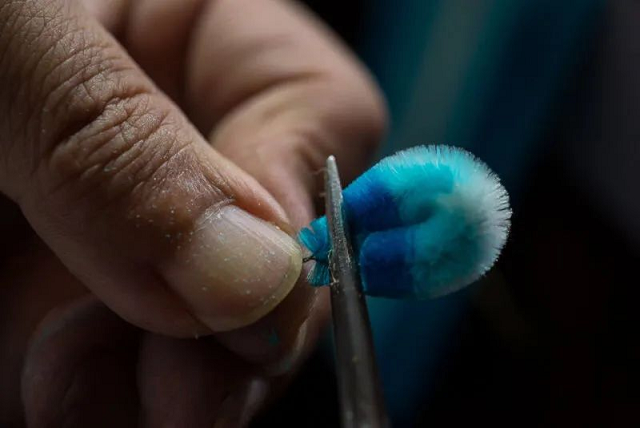 |
| To get smooth velvet, the artisan must use steady and tight hand force. (Source: The Paper CN) |
The velvet production process goes through many steps, including silk cooking, dyeing, drying, crocheting, ironing, cutting frames, shaping, and attaching accessories. Each technique is strictly required, the most basic of which is crocheting. After the velvet is fixed and brushed smoothly, it will be clamped by spiral copper wires at both ends. Then it is cut into small pieces, and the artisan will use his hands to twist each end in opposite directions at the same time. This special process demonstrates the wisdom of ancient Chinese people.
The link between past and present
Faced with the decline of velvet flower making techniques, in the 1990s, the Nanjing Folklore Museum took measures to preserve this cultural form. In 2007, the Jiangsu provincial government officially listed velvet flower making techniques as provincial intangible cultural heritage. The custom of wearing velvet flowers to pray for good luck continues to this day. Nanjing people still wear velvet flowers on important occasions such as weddings, New Year's Eve or Mid-Autumn Festival to pray for prosperity. Zhao Shuxian is a typical inheritor of Nanjing velvet flower making skills. The velvet flower hairpins in the film
Story of Yanxi Palace were made by him. Thanks to the popularity of the film, velvet flowers are becoming more and more known.
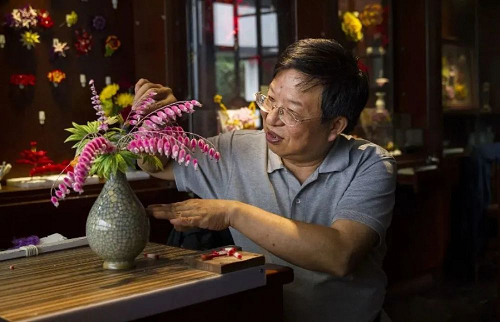 |
| Mr. Trieu Thuc Tien makes flower vases using velvet flower making techniques. (Source: Kaiwind) |
The technique of making velvet flowers is very magical, it can be created on anything: flowers, birds, fish, insects... To suit today's tastes, Mr. Trieu, with his constant efforts and creativity, has created velvet flowers with different shapes, in addition to hairpins, there are also bag hangers, decorative flowers, wall paintings... He believes that the inheritance and promotion of cultural traditions must have continuous innovation. "I hope that velvet flowers will not only belong to the past but they will actually be used in our daily lives".
(synthetic)














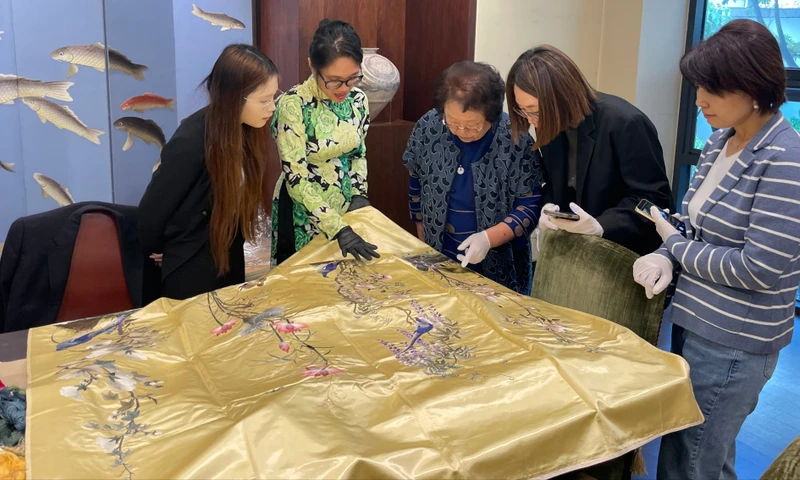

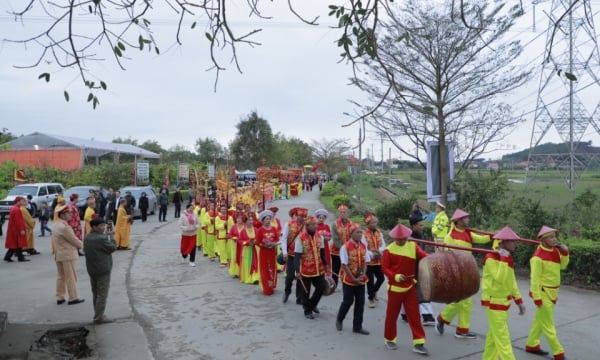

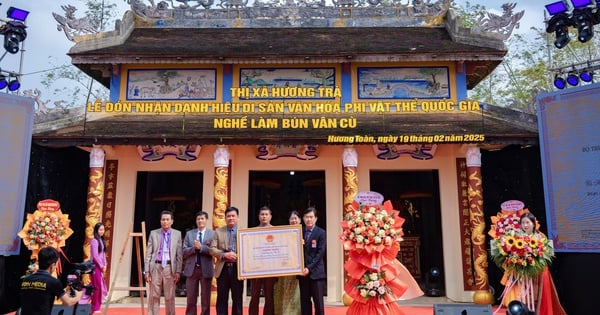

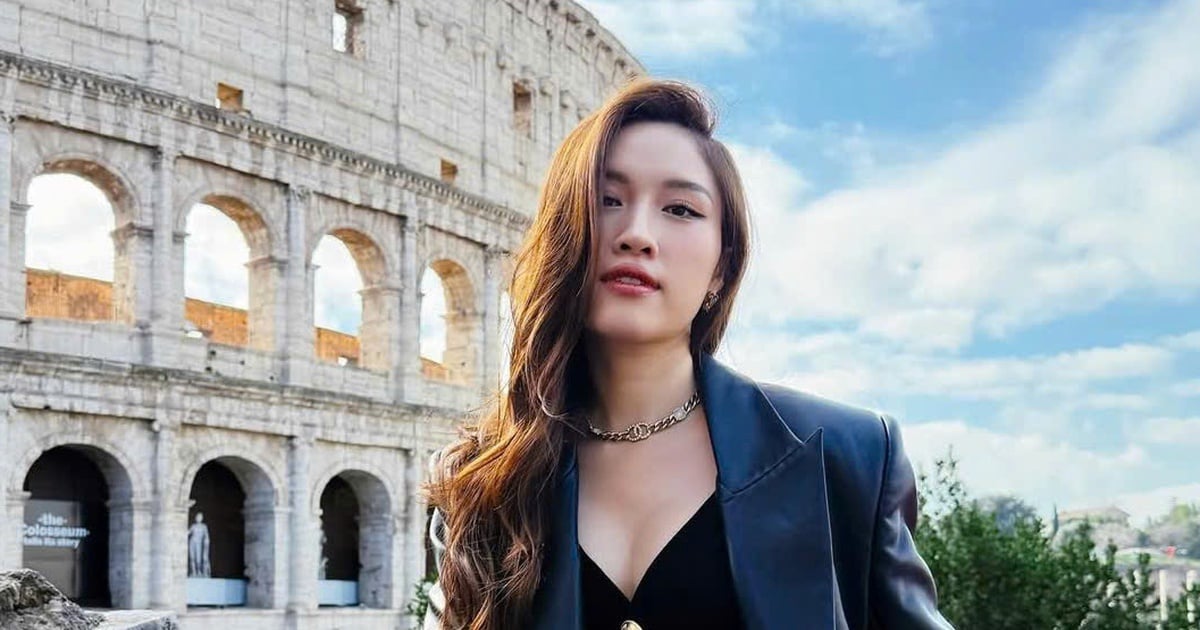

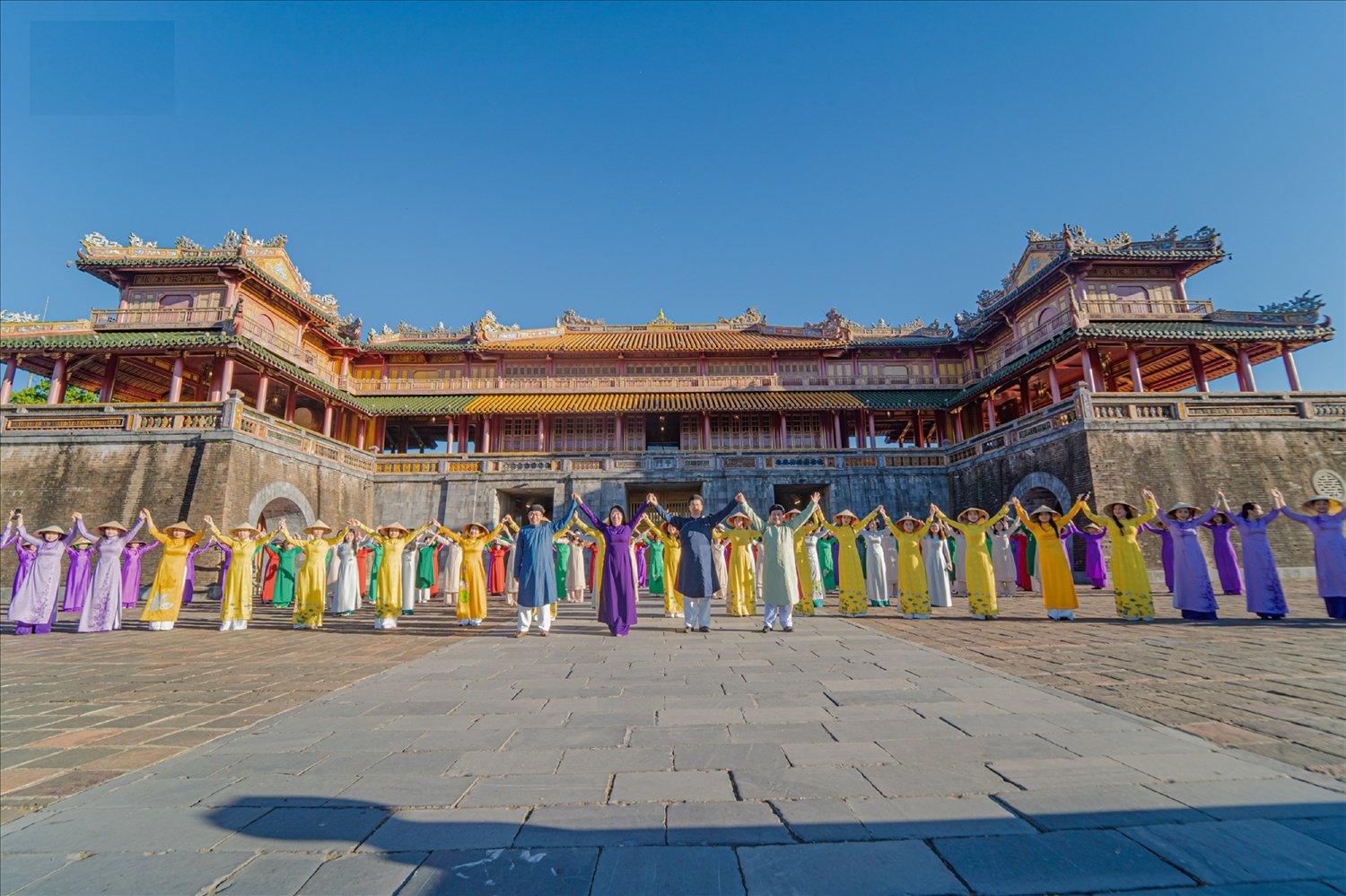

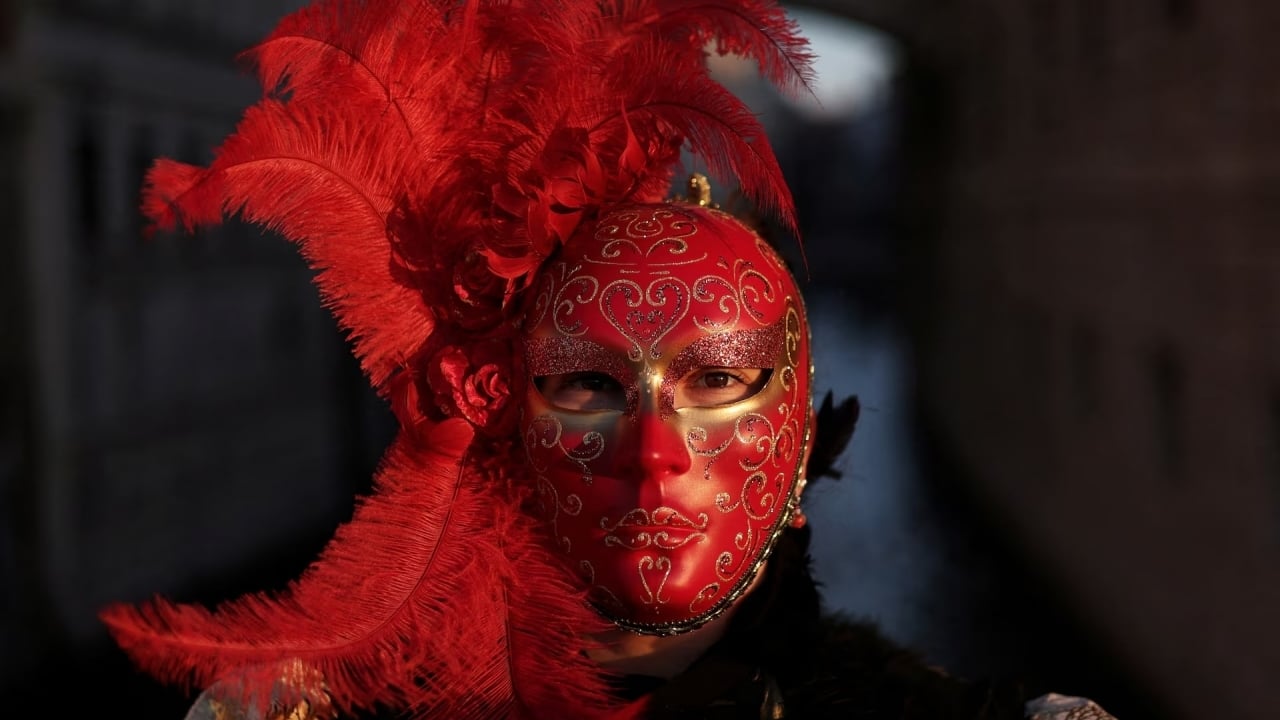
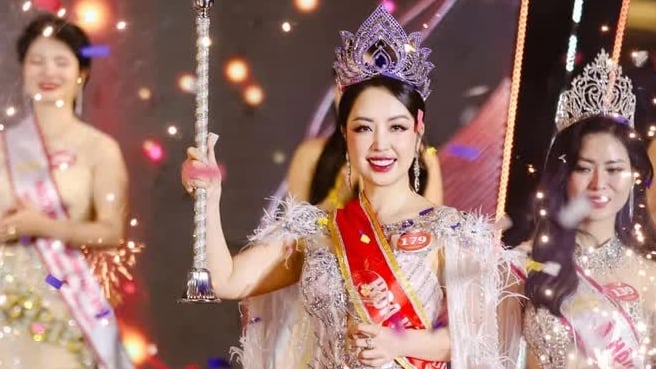



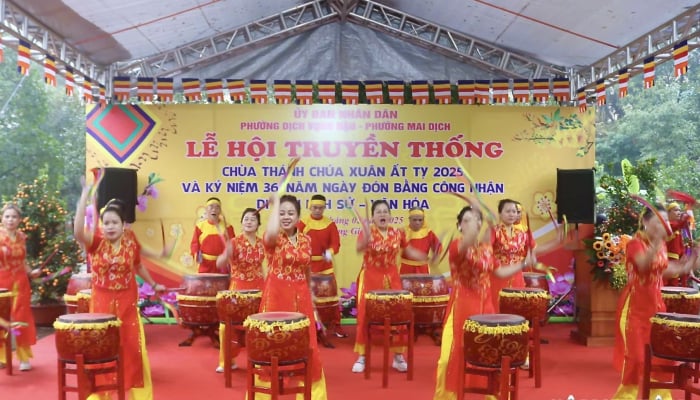

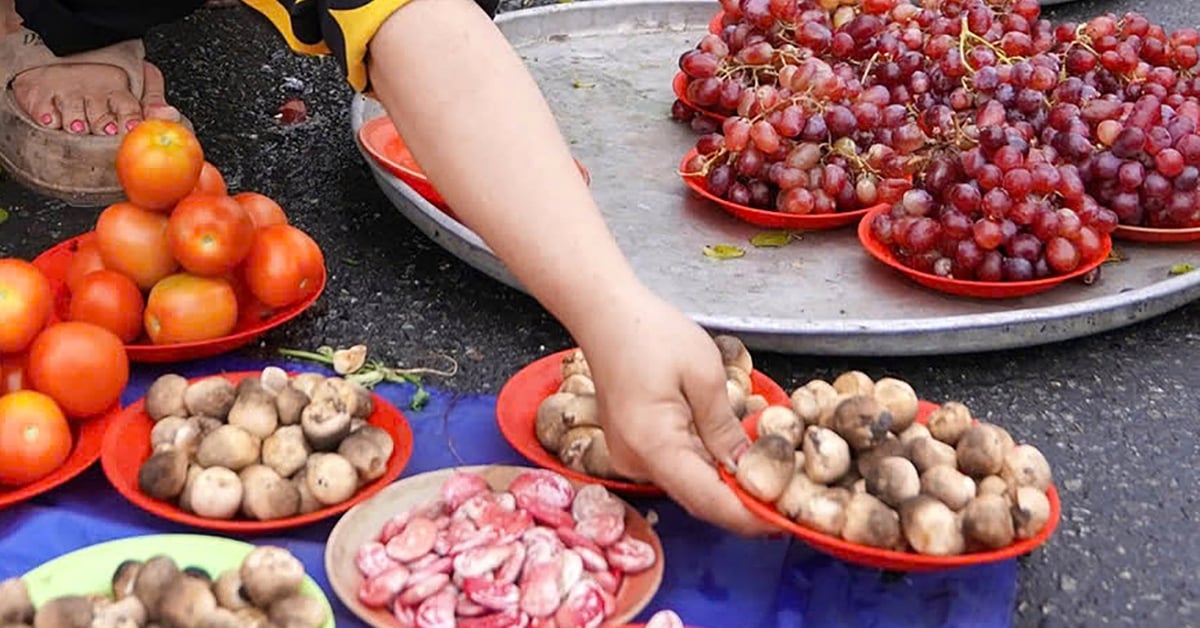


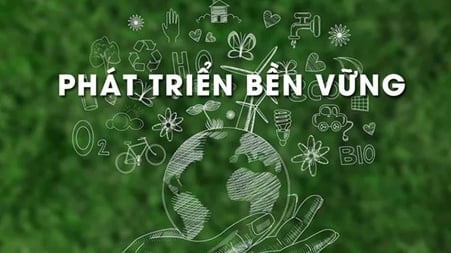
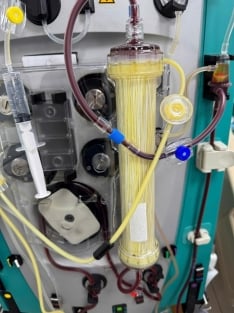







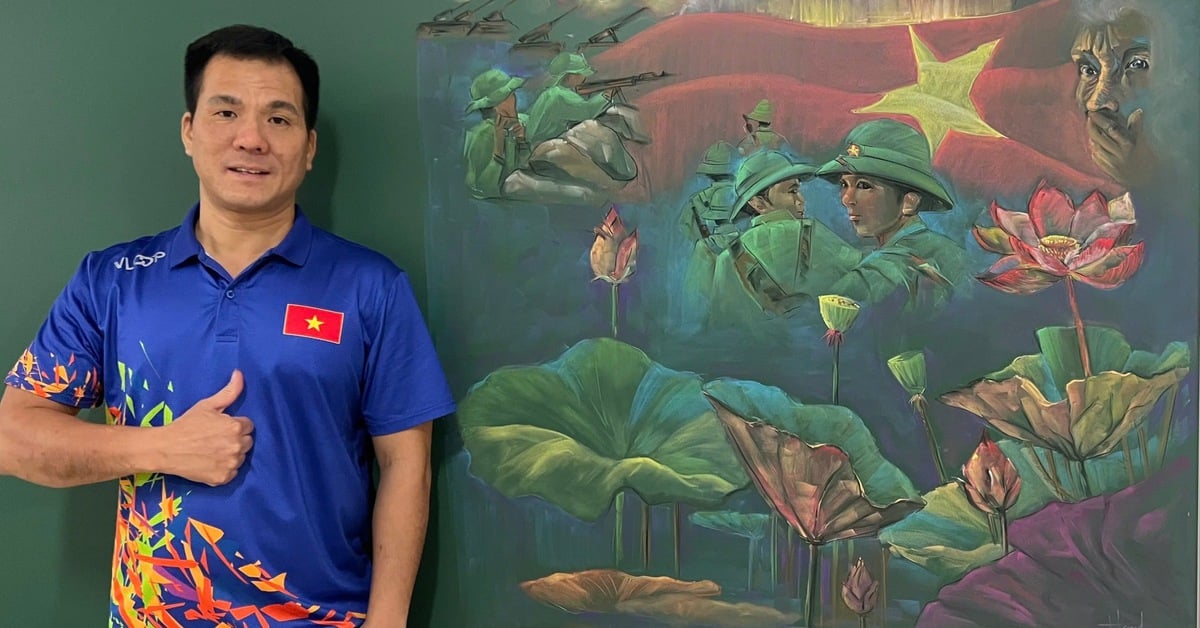



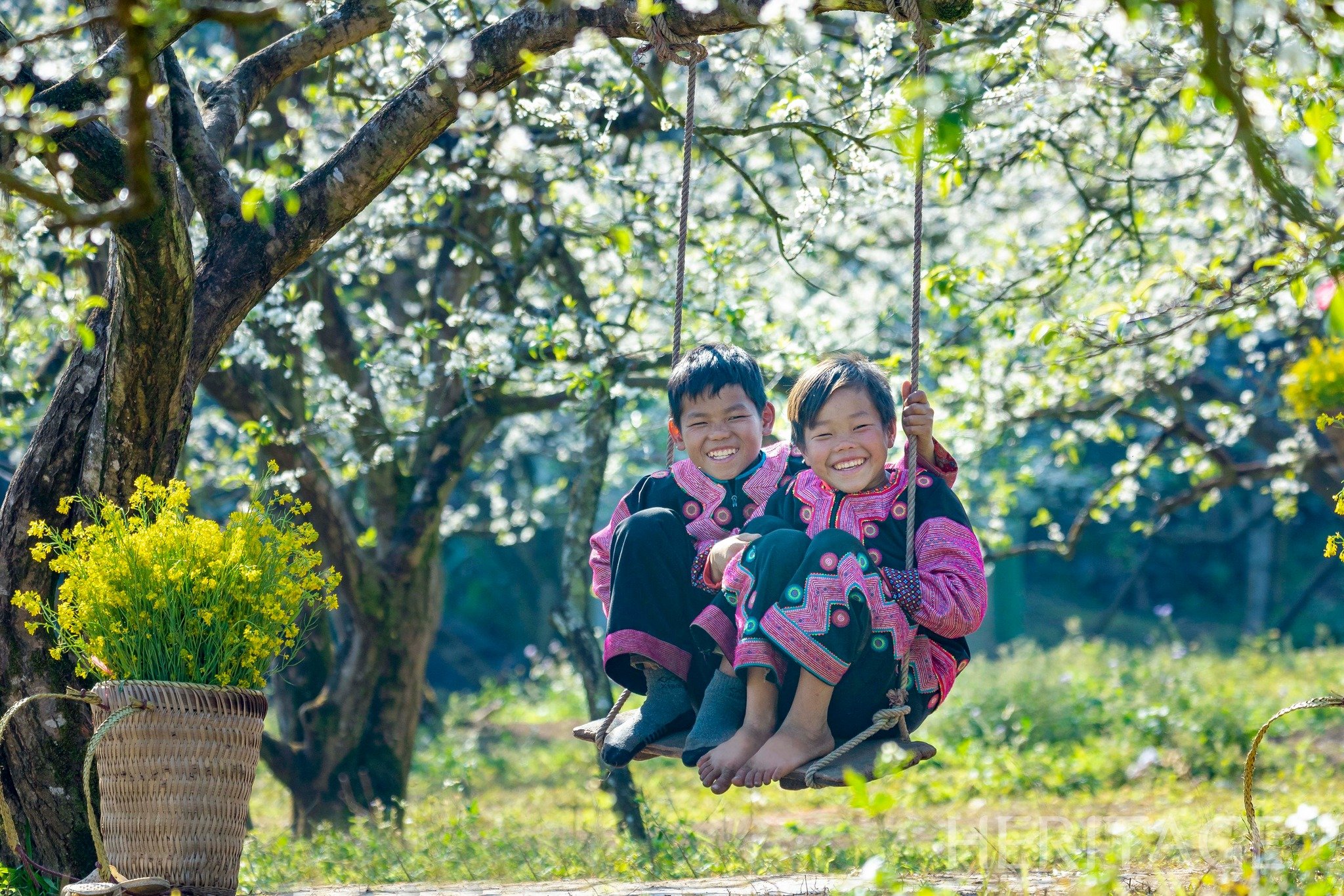
Comment (0)